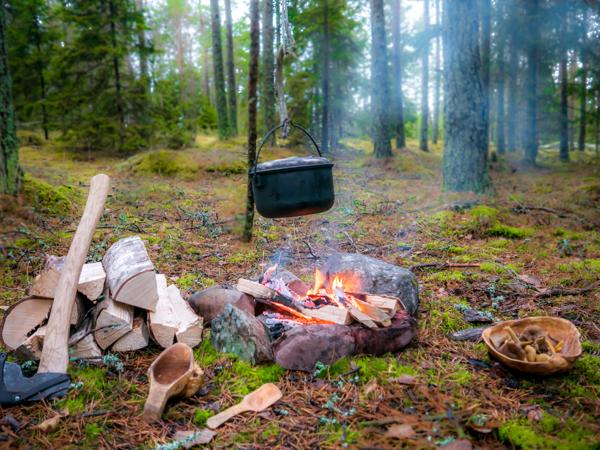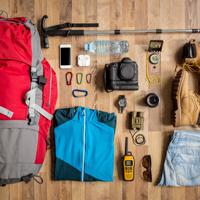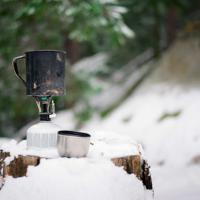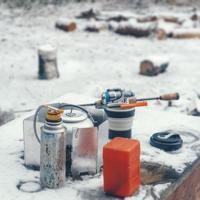Emergency preparedness often involves mastering skills that may seem rudimentary but can prove crucial in critical situations. One such skill is fire-starting, and a ferrocerium rod is a tool that can make this task significantly easier. This guide will walk you through understanding and effectively using ferrocerium rods for fire starting—a skill that can be helpful during outdoor adventures or survival situations.
What is a Ferrocerium Rod?
A ferrocerium rod, often referred to as a "ferro rod," is a simple yet ingenious device used to create sparks that can ignite tinder and start fires. It is made from an alloy of iron and rare earth metals, primarily cerium. When scraped with a hard surface, like a metal striker or the back of a knife blade, it produces hot sparks—hot enough to ignite a variety of tinder materials.
Why Choose a Ferrocerium Rod?
Ferro rods stand out as a fire-starting tool due to several reasons:
- Durability: Ferro rods can produce thousands of strikes before being depleted, making them a reliable choice for long-term usage.
- Weather Resistance: Unlike matches, they work well even in damp or windy conditions.
- Portability: Lightweight and compact, they are easy to carry in a pocket or backpack.
Ferrocerium rods are often favored by seasoned outdoor enthusiasts and preppers alike. However, like any tool, they require practice and understanding to use effectively.
Getting Started: How to Use a Ferro Rod
Here are some steps on how you could use a ferro rod to start a fire:
1. Gather Your Materials
Begin by assembling your fire-starting setup:
- Ferro Rod: Make sure it’s dry and in good condition.
- Striker: Many rods come with a metal striker, although you can use the back of a knife blade if necessary.
- Tinder: Use dry materials such as cotton balls, dry leaves, paper, or birch bark. Feel free to test with various materials to see what works best for you.
- Kindling and Fuelwood: Have small sticks and larger pieces of wood ready to sustain the fire.
2. Prepare Your Fire Site
Clear a designated spot for your fire, ensuring it is safe and free of overhanging branches. Create a small pile of tinder on the ground or on top of wood that will catch fire.
3. Using the Rod
Hold the rod close to your tinder pile. If you're right-handed, hold the rod in your left hand, steadying it against the ground, and the striker in your right hand.
Instead of moving the striker away from the rod, pull the rod back while holding the striker steady. This technique directs the sparks down onto your tinder and prevents you from knocking the tinder away.
4. Practice the Motion
- Apply firm pressure as you scrape down the rod.
- Aim for an angle where the striker can shave thin pieces of the rod to generate the sparks.
- Repeat until your tinder catches a spark.
5. Nurture Your Fire
Once the tinder has caught fire, gently blow or fan it to increase airflow. Carefully add kindling to build the fire's strength, then larger pieces of wood as it grows.
Tips and Tricks
- Practice Makes Perfect: Your first several attempts might not succeed immediately. Practice in a controlled environment to gain confidence in using your ferro rod.
- Prepare for Weather Conditions: In wet weather, keep your rod dry and focus on finding dry tinder.
- Maintain Your Tools: Ensure that the rod and striker are kept in good condition. Rust or dirt can hinder performance.
Conclusion
Using a ferrocerium rod effectively takes practice and patience, but it's rewarding to be able to start a fire under less-than-ideal conditions. As with all survival skills, practice is key. Try experimenting with different types of tinder and get accustomed to various environmental conditions.
Being prepared and knowledgeable about tools like the ferrocerium rod can add another layer of readiness to your camping or survival arsenal. Remember, the skills you hone in times of peace can be invaluable when you're in need. Stay safe and prepared.
For further reading and in-depth tutorials, consider resources like Bushcraft USA or popular outdoor forums where enthusiasts and experts share their experiences and advice.




